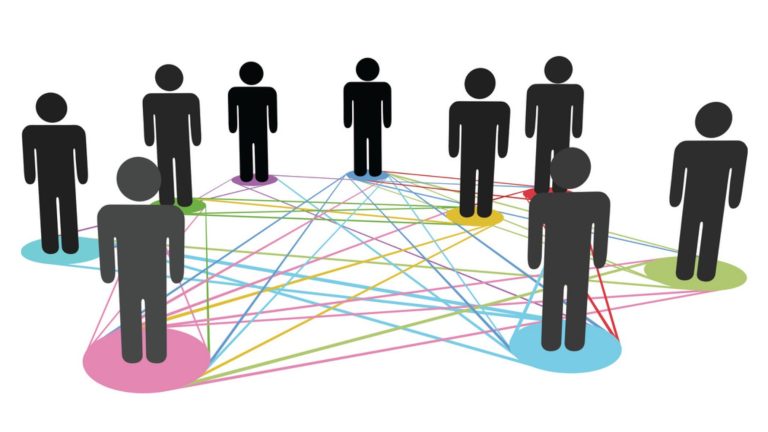Remote, the leader in building, managing, and supporting global distributed workforces, has published a report on ‘The rise of Globally Distributed Teams.’ The new survey findings show that businesses now a days are adopting to distributed workforces resulting in optimizing their headcount and operational costs in the age of remote work.
Remote commissioned the survey with three main groups based on working location, to understand the In-office workforce, In-country remote workforce, and Distributed international remote workforce from November 8-29, 2022. It canvassed the view of 1,004 HR and business decision-makers and employees to understand the state of the national job market across various geographies including India in the APAC region wherein 114 respondents took part in this survey.
Below are a few top observations and trends from the The rise of Globally Distributed Teams:
The survey revealed that younger generations are more likely to say their company’s workforce will become more geographically spread out over the next five years. 48% Gen Z, 47% Millennial, 39% Gen X participants say their companies will become more geographically spread out. This compares to just 18% of Boomers who say the same. In fact, 56% of Boomers believe their company’s workforce will become more local.
It also highlights shifting to hybrid and remote work models is a long-term strategy to retain top talent in an uncertain market. According to employers 44%have seen growth in the number of full-time employees abroad, 54% report growth in the number of full-time employees working remotely, and 42% of whom report growth in the number of full-time employees working in their company’s home country.
It further entails that the main reasons businesses are hiring beyond borders to have access to top talent and ability to gain a competitive edge in new markets. Based on the report, respondents say that 60% number of quality applicants per open role has increased by adopting to distributed remote workforce model. 35% of market competitiveness can be improved by serving more international locations when they hire international remote employees.
Distributed teams cost businesses less in the long run because they are more productive and engaged and have higher retention rates. 40% boost in staff productivity, 36% improvement in employee retention, and 36% rise in employee engagement are also witnessed by decision-makers in an entirely remote businesses.
Stay connected with us on social media platform for instant update click here to join our LinkedIn, Twitter & Facebook


































